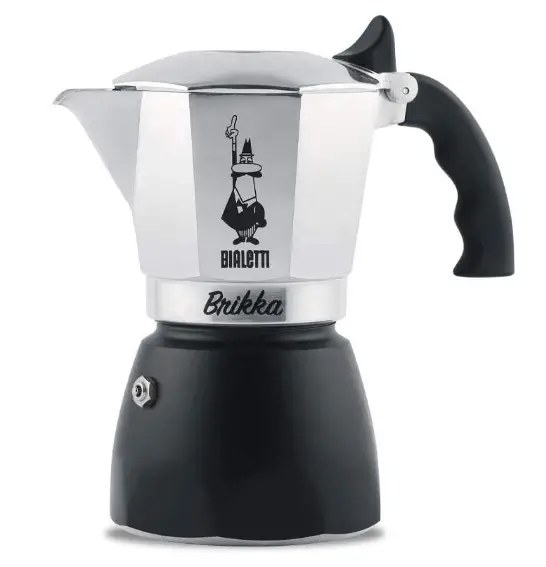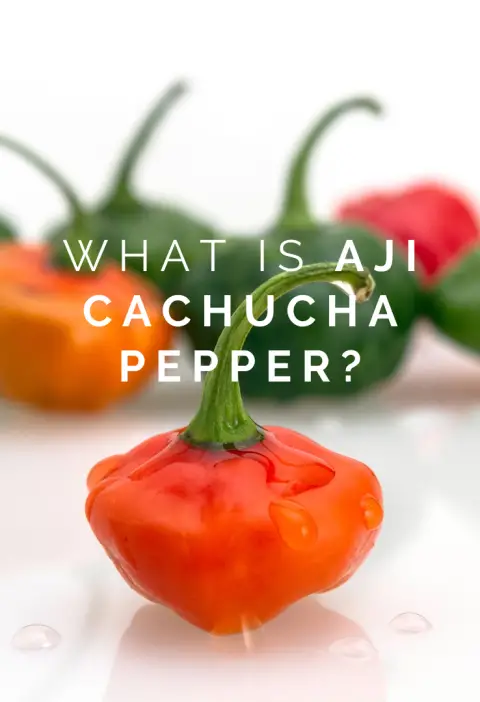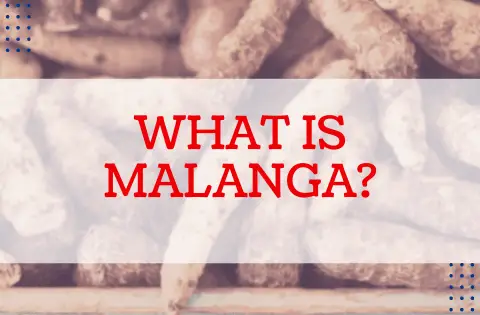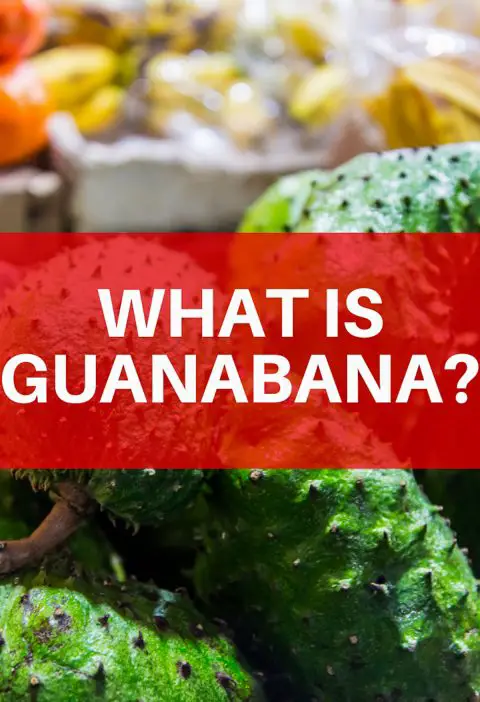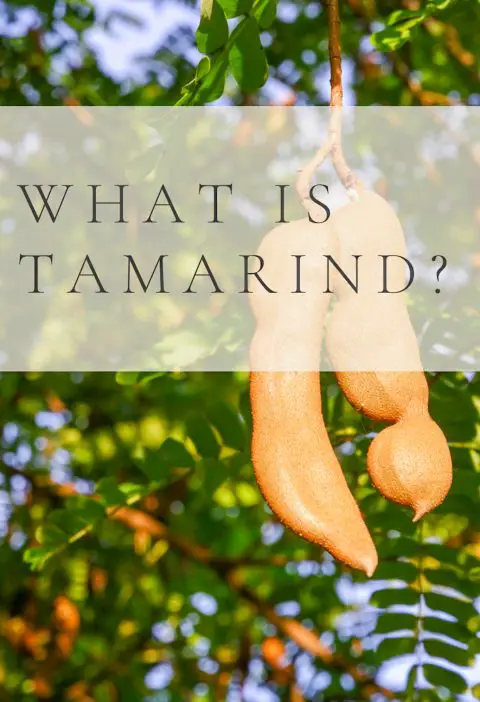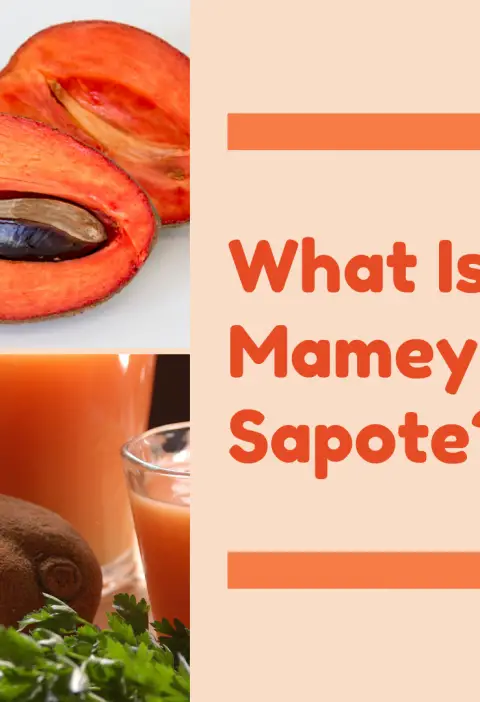Cuban espresso (cafe Cubano) is a type of coffee that is brewed with a different process than American coffee. It’s not only strong, but it has more flavor and sweetness to the taste. Cuban espresso is traditionally made with dark-roasted, finely ground coffee beans brewed using the traditional Italian method of “espresso”. Cuban coffee can be made at home with an espresso machine or without one.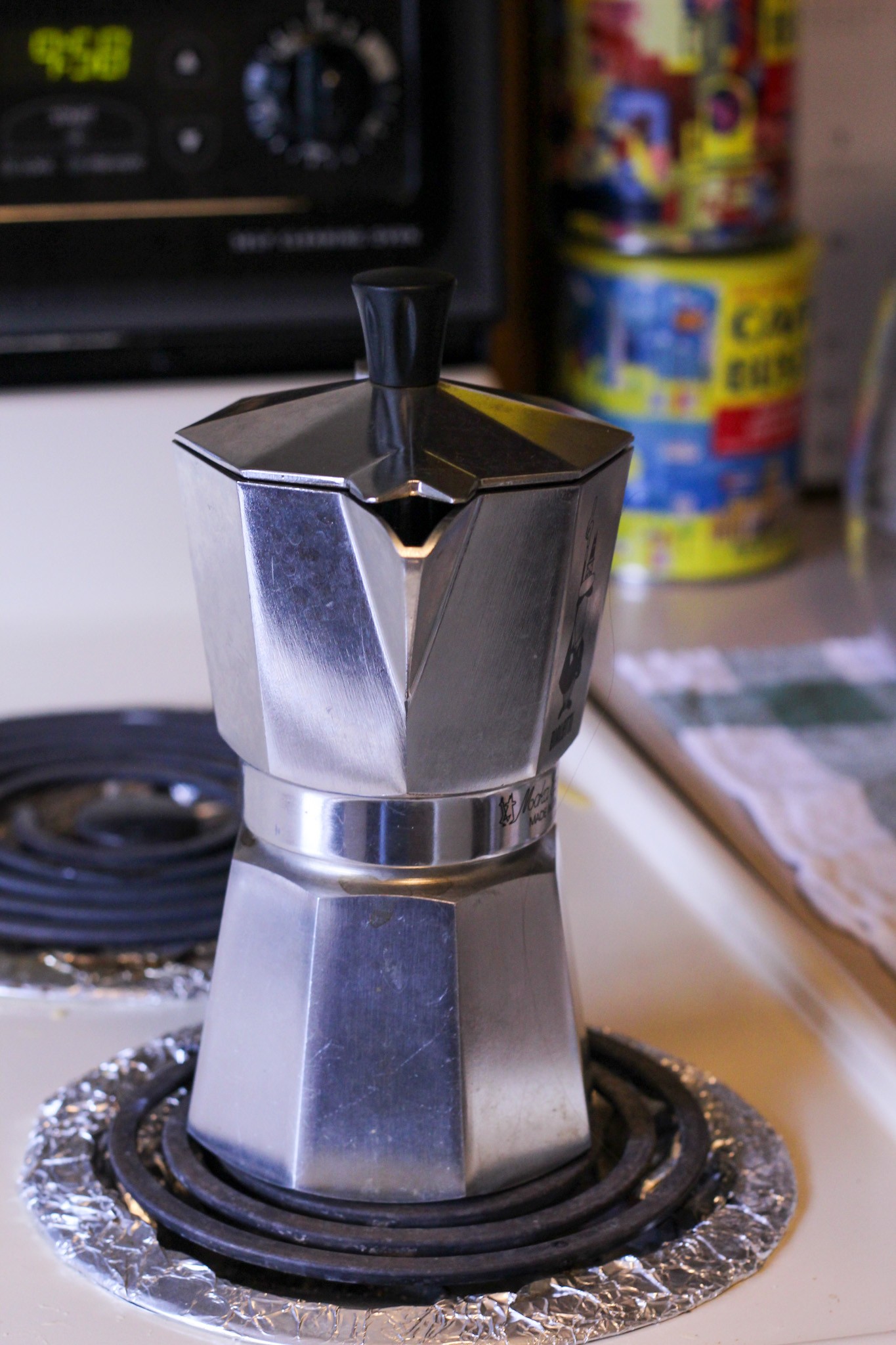 It tastes better because the beans are roasted differently and ground differently, which gives it its unique flavor profile. Espresso is mixed with hot water and sugar to make Cuban coffee, or cafe cubano. The ultimate product is an espresso coffee with a syrupy caramelized body and a high concentration of caffeine. There are four types of Cuban coffee which I will go over in more detail below. There is the cafecito, colada, cortadito and cafe con leche.
It tastes better because the beans are roasted differently and ground differently, which gives it its unique flavor profile. Espresso is mixed with hot water and sugar to make Cuban coffee, or cafe cubano. The ultimate product is an espresso coffee with a syrupy caramelized body and a high concentration of caffeine. There are four types of Cuban coffee which I will go over in more detail below. There is the cafecito, colada, cortadito and cafe con leche.
Cubans drink it as a hot beverage with breakfast and after dinner. However, my Cuban mother-in-law and father-in-law drank Cuban coffee all day. Now I know where I get it from! Also, if you find yourself in Miami at 3:05p.m. it’s officially “cafecito time”.
The Tradition of “Cafecito Time”
First of all, let’s start with the Cuban coffee culture in Miami. The best places to get Cuban coffee in Miami, and especially in Little Havana and Calle Ocho is at ventanitas. A ventanita is a walk up “tiny window” where you order your cafecito and if you are a local you will probably find your friend, a relative or your neighbor there doing the same thing. Cubans would probably refer to ventanitas as the original social network.
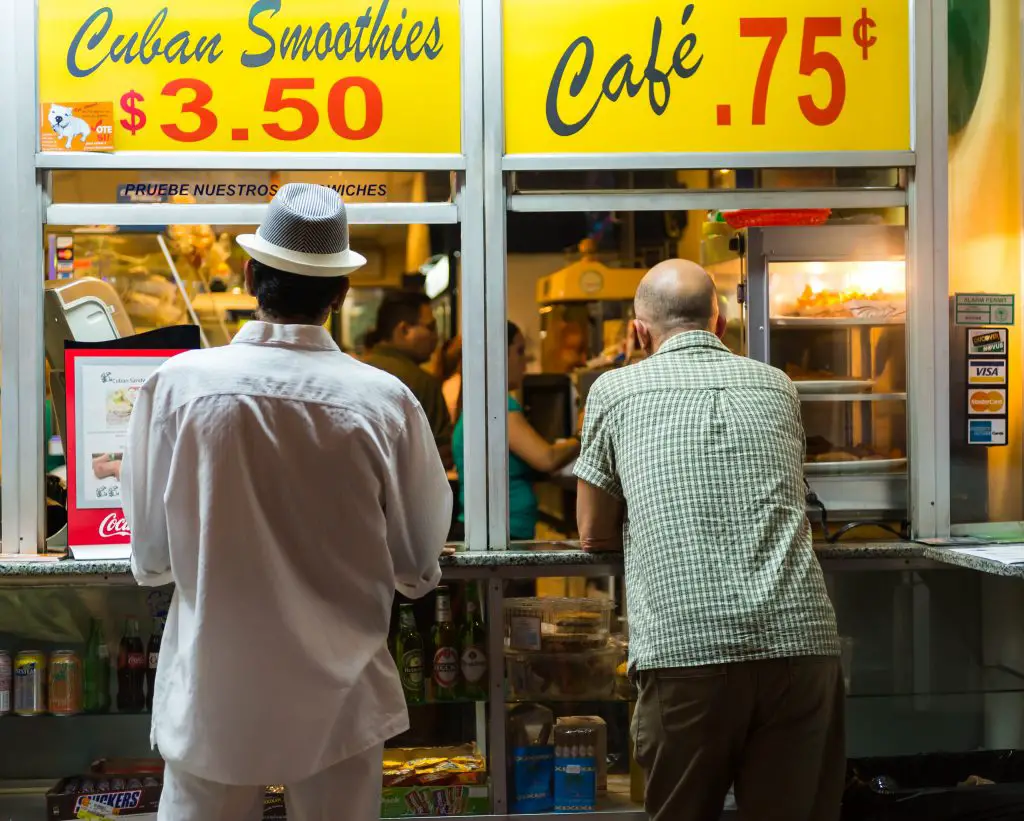
So, in April of 2012 Jenny Lee Molina, the founder of a Miami-based public relations agency JLPR, set out on a mission to make 3:05p.m. (also Miami’s area code) the official time to get your cafecito. All of her hard work paid off and the City of Miami presented Jenny Lee Molina with a proclamation honoring 3:05 as Miami’s “official cafecito break time” and March 5 officially 305 Day. Now let’s go over the four types of Cuban coffee that you can order if you find yourself at a ventanita or maybe you just want to impress that special someone.
Exploring the Four Types of Cuban Coffee
Cafecito
The cafecito is a single cup of Cuban espresso (cafe Cubano) topped with espumita prepared in a cafetera. At the end of this article I share with you how to make the perfect espumita (sugar foam).
Colada
A colada is meant for sharing. It is 4 ounces of Cuban espresso still topped with plenty of espumita to go around. Since a colada is for sharing it comes in a styrofoam cup along with four little cups for you and your friends.
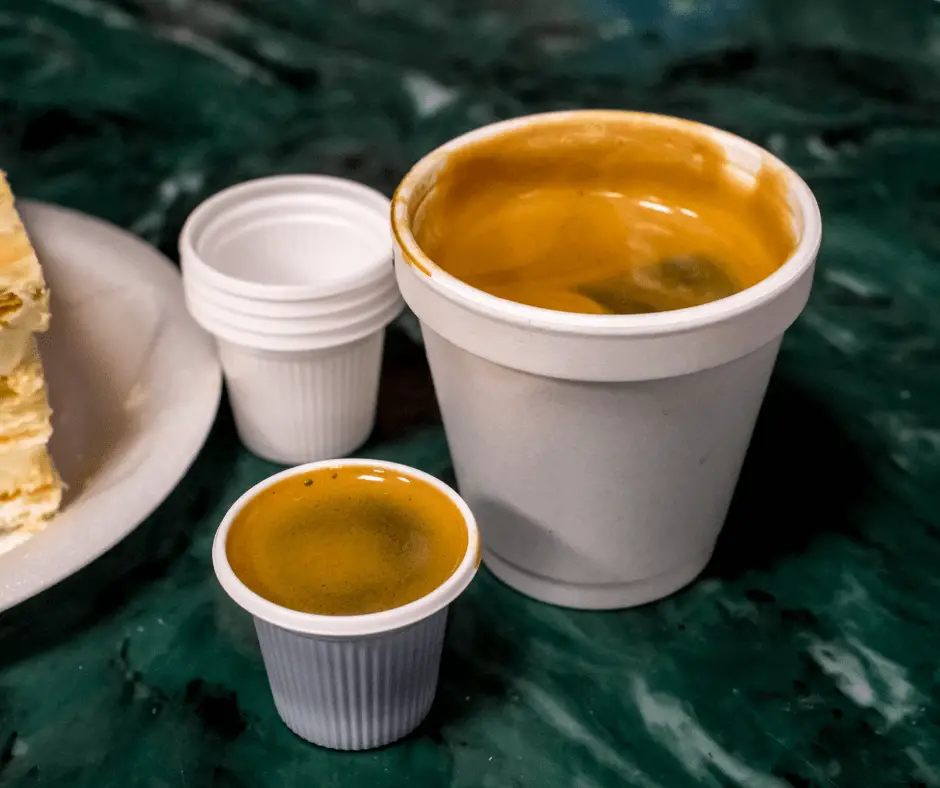
Cortadito
A cortadito is a little shot of milk added to a Cuban espresso. You can order leche evaporada (a cortadito with evaporated milk) or leche condensada (a cortadito with sweetened condensed milk).
Cafe Con Leche
A cafe con leche is also Cuban espresso with milk. However, a cafe con leche is equal parts of espresso and milk. In the morning, it’s great for dipping Cuban bread in.
Uncovering the History of Espresso in Cuba
Cuban coffee is a type of espresso originating in the Caribbean island nation. It has been an essential part of Cuban culture since its introduction to Cuba back in 1820 by French entrepreneurs who owned cafes and roasting shops at the time.
Cuban espresso didn’t become popular until the 1970s when it was introduced by industries that were importing Italian machinery. It is often described as a “rich coffee” because of its strong flavor and low acidity, which makes it taste smoother than American iced coffees or other Latin American varieties. Cuban espresso became more popular in Cuba when the Soviet Union collapsed in the 1990s.
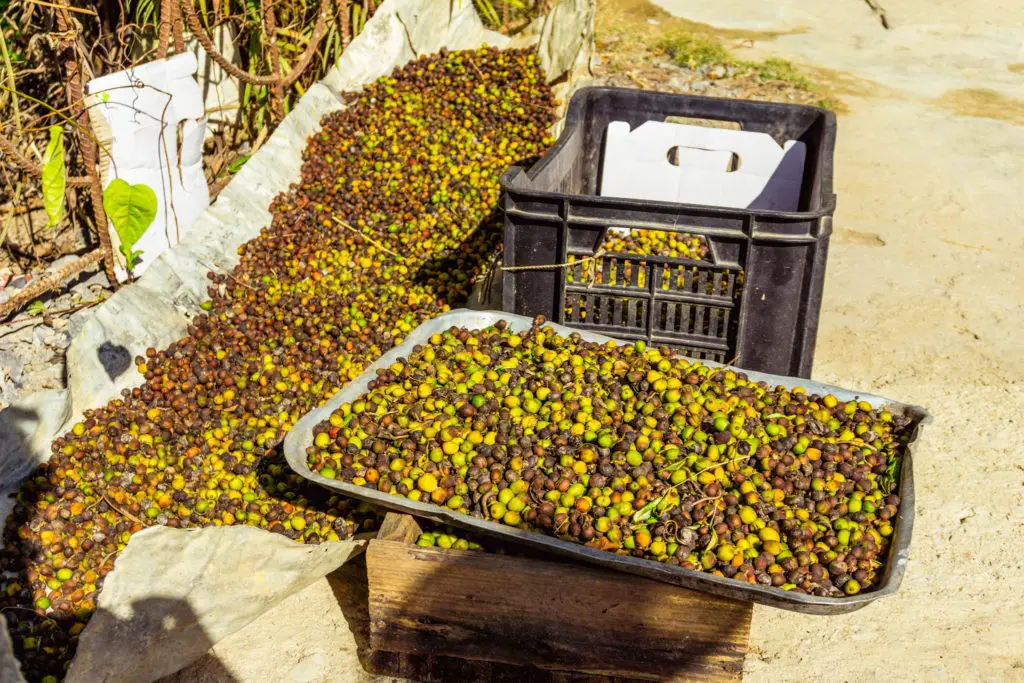
Cuban coffee beans are grown in the Sierra Maestra mountains, and they have a rich history. The mountains of Cuba produce some of the most flavorful and organic coffee beans on Earth, thanks to their rich soil and high altitude. These special beans are still carried by mules from villages like El Palto to Havana. They’re carried by mules from the mountains to the farms where they are dried, roasted and ground into Cuban coffee beans. The whole process is slow, but it’s well worth it for a cup of Cuban coffee – which you can enjoy at home!
Distinguishing Between European and American Espresso Machines
The difference between American and Cuban Espresso machines is in two design features: (i) The filter holder on an American machine can hold more than one size of filter. The filters on a European machine (which are usually single-sized) might fit in the American holder, but not be tight enough or they may fall out. (ii) A more extensive water reservoir for American models allows for continuous steam production without interruption while those for most European machines have a more limited capacity and require periodic refilling with hot water.
The brewing process is the same, but it takes longer to make Cuban coffee as it requires about five times as much ground coffee per cup of brewed beverage than American espresso because typically, only one single-size filter is used, which creates a highly concentrated brew.
What is a Cafetera?
A cafetera is a small stove-top espresso maker. It is typically made of aluminum or stainless steel and can be found in many different styles, from simple to ornate. A cafetera is also referred to as a Moka pot and the names are interchangeable.
A cafetera or Moka pot brews by passing boiling water over ground coffee in the lower chamber to produce pressurized steam, which then pushes through the narrow aperture into a second metal container or “coffee cup.”
The cafetera produces concentrated coffee, so it is important not to overfill the lower chamber.
The size of roasting beans should also be considered when making coffee with a cafetera; small amounts are better for this appliance due to the way that boiling water extracts flavor during brewing.
Some people prefer to start the cafetera with warm water before adding the coffee grounds. Others prefer to use cold water. Using cold water can lead to a metallic taste. Another step to decrease the chances of a metallic taste is when the espresso is done brewing, take the pot off of the heat, and run the bottom chamber under cold water. This helps it cool, stopping the extraction process.
Differentiating Espresso Beans from Coffee Beans
Espresso beans are dark roasted coffee beans, meaning they have been roasted more than any other type of coffee. This produces the characteristic flavors and aromas that we associate with espresso. Coffee beans, on the other hand, are lighter in color and less bitter when brewed.
These two types of beans are not interchangeable. Espresso requires a dark roasted coffee bean and, with the proper brewing technique, can be used to make espresso. Espresso beans are ground to a very fine powder, much finer than traditional coffee beans. Coffee is brewed using light-roasted beans that are more coarsely ground than espresso beans.
Coffee beans are used to make regular or drip coffee. They come in light, medium, and dark roast flavors that depend on the length of time they have been roasted. The most popular types of coffee come from Arabica or Robusta beans, but there are other varieties as well. The kind of bean you prefer depends on your personal preference.
Espresso is a type of dark roast that originated in Italy and features strong, intense flavor notes or ‘notes’ as they are called by the more sophisticated pallet. Espresso also has high acidic content, which makes it perfect for making espresso drinks like cappuccinos and lattes.
While there are many different brands of Cuban espresso available, each with their own unique flavor profile, they all share a common brewing process that sets them apart from traditional American coffee. Here are some of the top Cuban espresso brands. Below are a few of my favorite Cuban espresso brands.
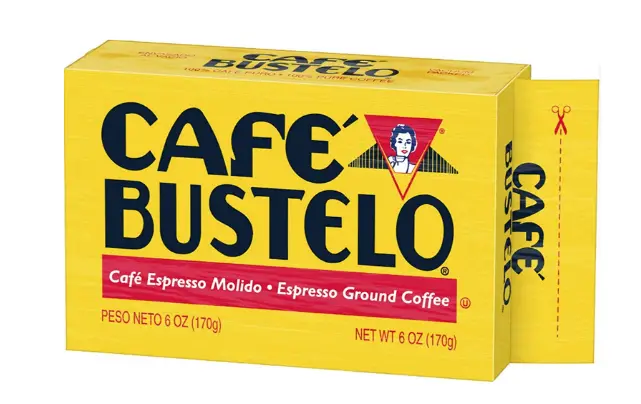
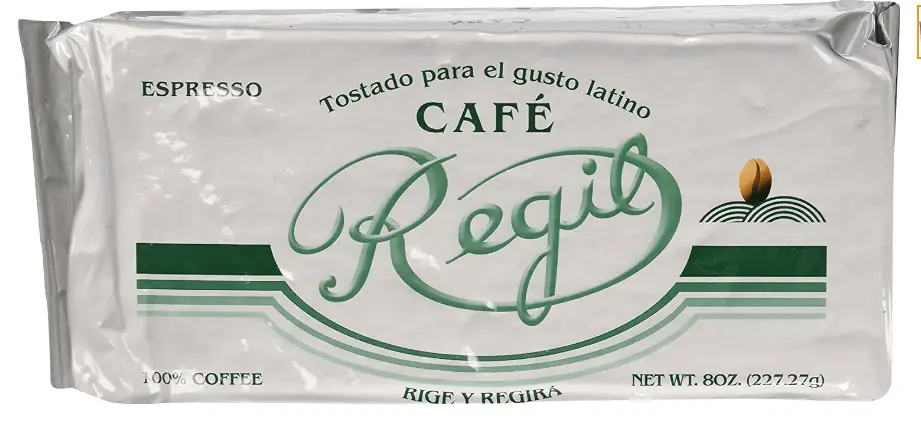
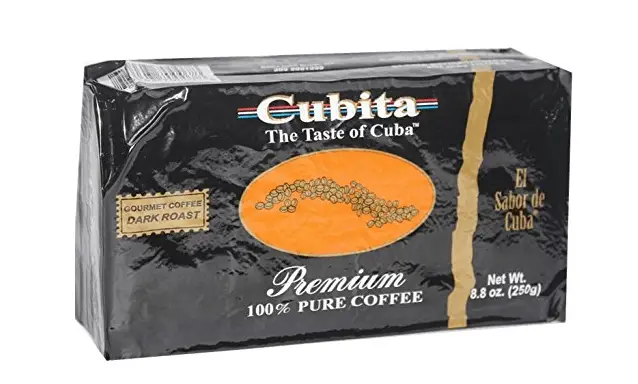
Differentiating Espresso Beans from Coffee Beans
Espuma or espumita is the most delightful part of Cuban coffee!
Espuma is the sugar foam made from the first few drops of brewed espresso. This is where your cafetera or Moka pot becomes your best friend. When the espresso first starts to brew, pour a little bit of that concentrated coffee into a separate cup with some sugar at the bottom. Return the cafetera to the heat to continue brewing. Then stir, stir, stir! The sugar and the coffee will combine to make a light caramel colored foam. When the rest of the espresso is done brewing add it to the espumita and enjoy. Now, you’re ready for anything!
Step-by-Step Guide to Making Cuban Espresso at Home
To make Cuban espresso at home, you will need:
-Espresso beans
-Coffee grinder
-A cafetera (can be Moka pot) or espresso machine
-Espresso cup with an ounce of sugar in the bottom.
To make one serving: 1) grind enough beans to fill your espresso maker or moka pot and tamp them into the filter; 2) add some sugar to the bottom of your espresso cup; 3) brew coffee; 4) pour just enough coffee into the sugar and stir until a sugar foam (espumita) is formed; 5) pour the rest of the coffee into the sugared coffee and enjoy!
Cuban espresso and pastelitos are the perfect combination!

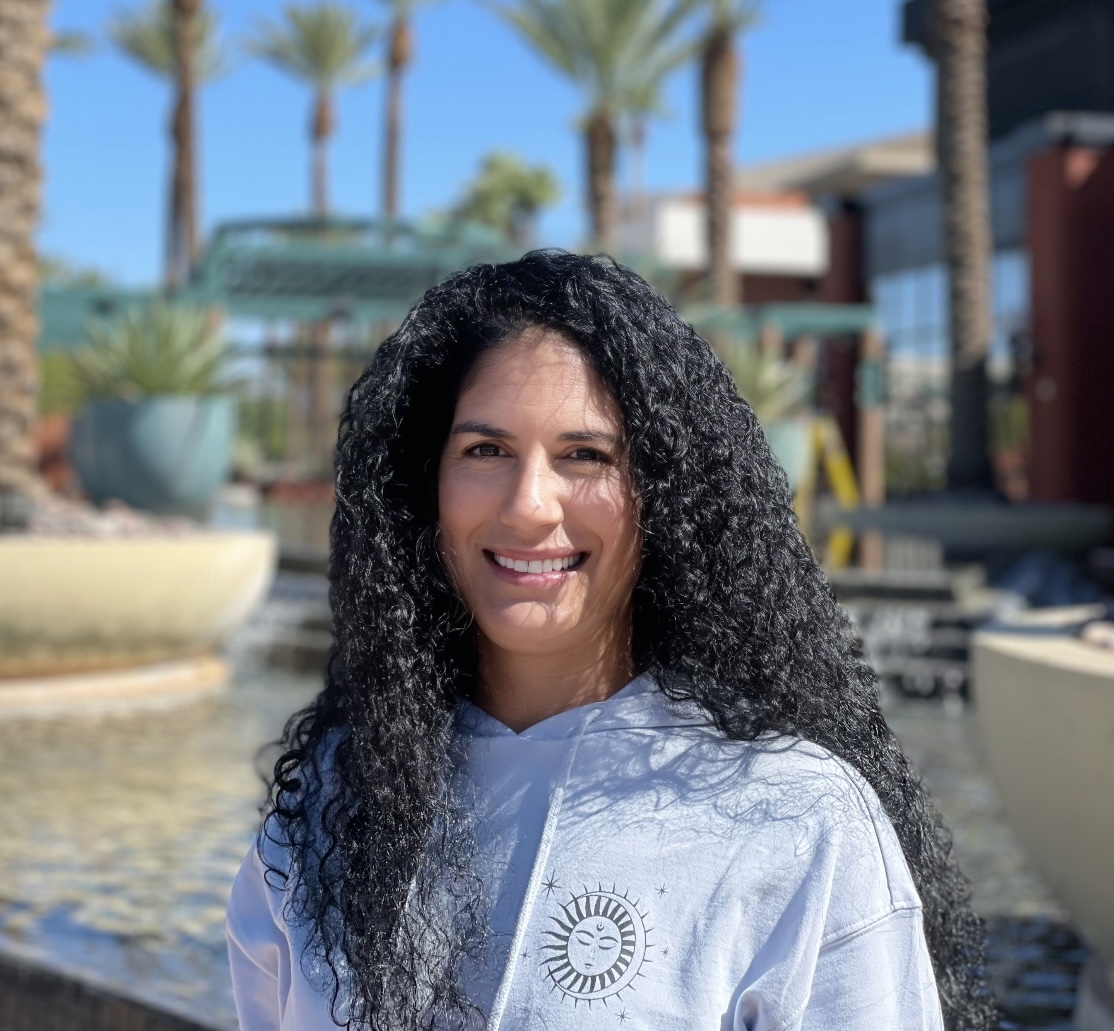
Explore the Essence of Cuban Cuisine with Noelle – a devoted culinary enthusiast enamored by Cuban flavors for over 30 years. Guided by her husband’s mami and abuela, she refined her skills using the ‘by eye’ technique, converting cherished recipes into precise culinary treasures. Continuously enriching her expertise, Noelle actively engages in cooking classes, infusing her platform with measured recipes and an authentic taste of Cuban food, inviting the world to savor the essence of this vibrant cuisine.


